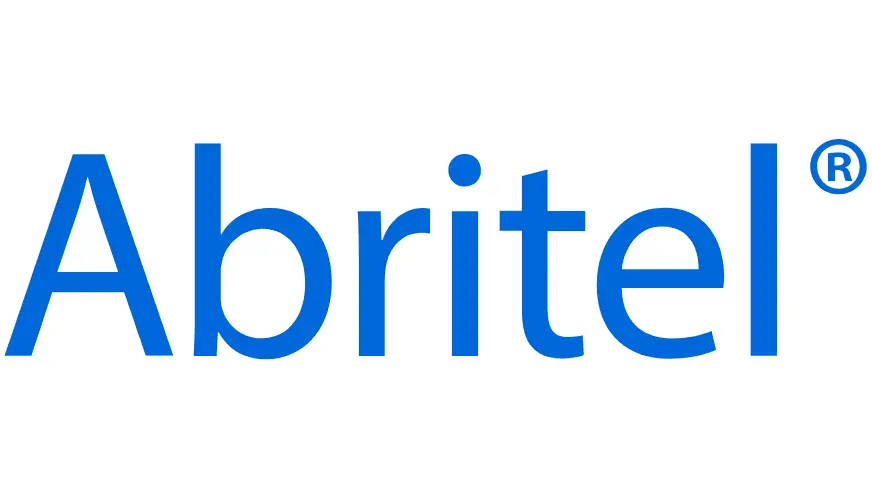In the vast expanse of the digital realm, where information flows freely, the role of digital guardians becomes paramount. As we immerse ourselves in an era dominated by technology, the need for robust cybersecurity measures has never been more critical. Join us as we unravel the world of digital guardians, the unsung heroes safeguarding our online presence.
The Rise of Cyber Threats
In an interconnected world, cyber threats lurk in the shadows, ready to exploit vulnerabilities. From ransomware attacks targeting individuals to sophisticated state-sponsored cyber-espionage, the digital landscape is a battlefield. Understanding the evolving nature of these threats is the first step toward fortifying our defenses.
Types of Cyber Threats
Malware: Malicious software designed to harm or exploit computer systems.
Phishing: Deceptive attempts to acquire sensitive information by posing as a trustworthy entity.
DDoS Attacks: Overwhelming a system with traffic to disrupt its normal functioning.
The Role of Digital Guardians
Cybersecurity Professionals: Silent Protectors
Behind the scenes, cybersecurity professionals are the digital guardians, vigilantly monitoring and defending against cyber threats. Their expertise extends from analyzing code vulnerabilities to implementing advanced encryption protocols.
Artificial Intelligence in Cybersecurity
AI is becoming a powerful ally in the fight against cyber threats. Machine learning algorithms can detect patterns and anomalies, enhancing the speed and accuracy of threat identification. As digital guardians, AI systems work tirelessly to stay one step ahead of cybercriminals.
UNESCO Heritage Sites and Cybersecurity
Preserving Digital Treasures
Much like the physical world, the digital domain holds treasures that need safeguarding. UNESCO Heritage Sites, representing the cultural and natural richness of our world, are not exempt from cyber threats. Digital guardians play a crucial role in securing the data and information related to these sites.
World UNESCO Heritage Sites Map: A Digital Landscape
The concept of a “World UNESCO Heritage Sites Map” has evolved into the digital realm. As we explore these sites online, digital guardians ensure the integrity of the data, protecting it from manipulation or unauthorized access.
How Many UNESCO World Heritage Sites Exist?
Preserving the information about the 1,154 UNESCO World Heritage Sites requires robust cybersecurity measures. The digital realm demands as much protection as the physical world.
Building Digital Fortresses
Cyber Hygiene: The Foundation
Just as personal hygiene protects our physical health, cyber hygiene safeguards our digital well-being. Simple practices, such as regular software updates, strong password management, and awareness training, form the foundation of a resilient digital defense.
Endpoint Security: Guarding Every Access Point
Every device connected to a network is a potential entry point for cyber threats. Digital guardians employ endpoint security measures to ensure that each access point is fortified against potential breaches.
Threat Intelligence: Staying Informed
In the dynamic landscape of cyber threats, knowledge is power. Digital guardians leverage threat intelligence, constantly monitoring and analyzing emerging threats to stay ahead of cyber adversaries.
Final Words
In the ever-expanding digital universe, the role of digital guardians is akin to that of the ancient guardians of UNESCO Heritage Sites. They protect the invaluable, ensuring that our digital experiences are secure, enriching, and free from the shadows of cyber threats.
Commonly Asked Questions
1. How do digital guardians protect against ransomware attacks?
Digital guardians use a combination of advanced antivirus software, secure backup solutions, and user education to prevent and mitigate the impact of ransomware attacks.
2. Can AI-driven cybersecurity be trusted?
AI-driven cybersecurity is trustworthy when implemented correctly. Regular updates, thorough testing, and human oversight ensure the reliability and effectiveness of AI in cyber defense.
3. Why is cybersecurity important for UNESCO Heritage Sites?
UNESCO Heritage Sites hold cultural and historical significance. Cybersecurity protects the digital records and information related to these sites, preserving their integrity for future generations.
4. What role does user awareness play in cybersecurity?
User awareness is critical in preventing cyber threats like phishing. Training programs educate users about potential risks, empowering them to recognize and avoid malicious activities.
5. How can individuals enhance their cyber hygiene?
Individuals can enhance cyber hygiene by regularly updating software, using strong and unique passwords, enabling two-factor authentication, and staying informed about common cyber threats.










